The GINGER ALE Page
Ken Previtali
19 October 2013 (R•102713) (R•110213)
![]() One of the neat things about Peachridge Glass is the opportunity and doors it opens to correspond with collectors. I am constantly receiving new material and updating posts which you can not do in a magazine or book.
One of the neat things about Peachridge Glass is the opportunity and doors it opens to correspond with collectors. I am constantly receiving new material and updating posts which you can not do in a magazine or book.
Did you know that the first words Greta Garbo said on the silver screen were “Give me a whisky, ginger ale on the side, and don’t be stingy, baby.” Anna Christie 1930. Unfortunately, there is no Garbo ginger ale. Sigh.
Ken Previtali
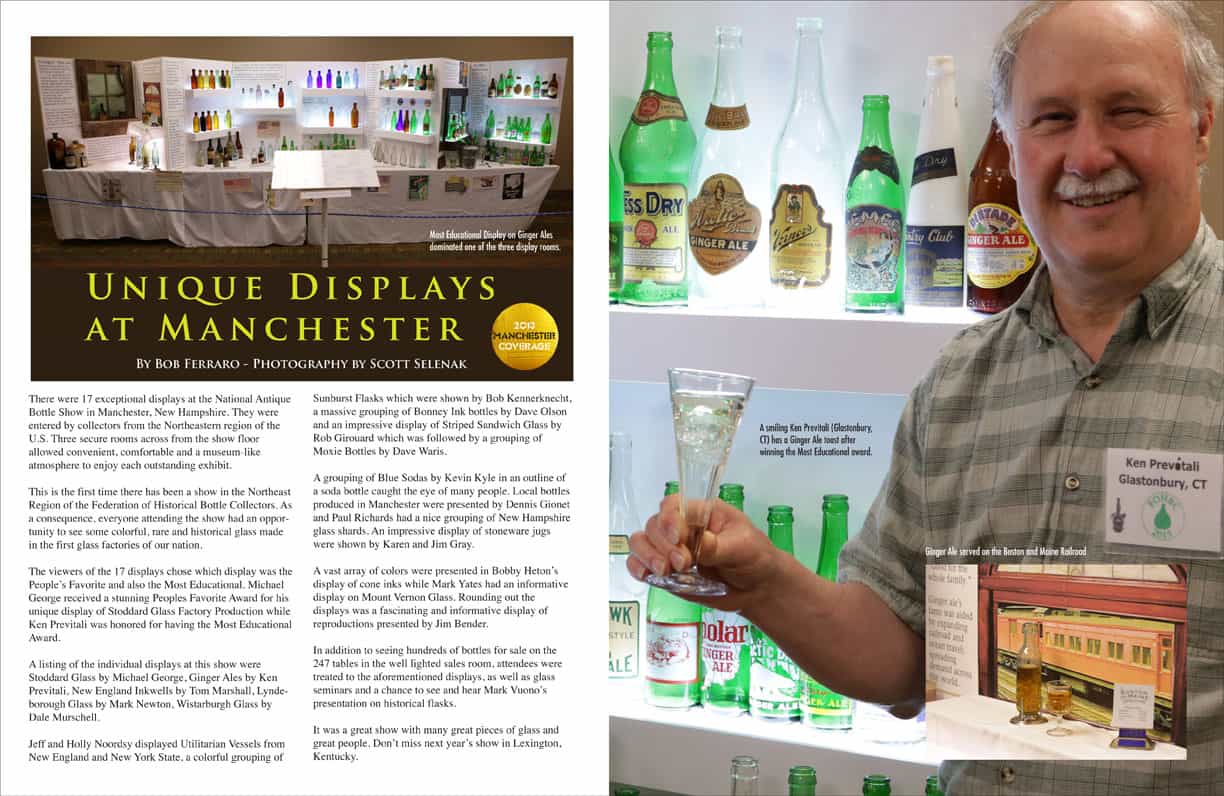
Opening spread to the Unique Displays at Manchester article in the FOHBC September | October 2013 issue of Bottles and Extras. Ken Previtali shown toasting with a glass of Ginger Ale.
With that said, I wanted to create a a page solely dedicated to Ginger Ale authority Ken Previtali to capture his ongoing responses to posts on Peachridge. I am sure you may recognize Ken, as his collection and knowledge in this area has been featured in both Bottles and Extras (Ken won the Most Historical Award at the 2013 National Antique Bottle Show this past July in Manchester, New Hampshire and in the October issue of Antique Bottle & Glass Collector.
2013 Manchester National
“Most Historical” Display
Photography Scott Selenak
Incoming Material
These next images will include material that Ken has sent to support posts on Peachridge Glass. This area will be updated and added to as needed.
Wuppermann Angostora Bitters
According to Ginger Ale authority Ken Previtali, there’s another piece to the Wuppermann story. During prohibition, they distributed ginger ale under the Angostura name. Note the “Fragrance of the Tropics” neck label (see image above) which could have been implying that the South American botanicals used in the alcoholic bitters recipe were part of the ginger ale flavor. How much of the bitters flavoring was actually used in the ginger ale is left to our imagination. The copyright date on the label is 1929.
Read: The Wizard of Oz and Angostura Bitters
Old Crow Ginger Ale
Here we go again. And what was the first distillery to use the sour mash method to make bourbon in 1835? Why, Old Crow in Kentucky, of course. And what did those Kentucky folks do during prohibition? Well sir, they abided by the law of course, and made ginger ale. At least that’s what one could conclude from this bottle. Wonder if Mr. Bourbon Veach has ever seen one of these, or if the Old Crow company records can confirm they did indeed make ginger ale? Some Old Crow labels from the 1950s have remnants of this illustrative type style. The bottle is a BIMAL crown. This is why ginger ales are so interesting to me; there’s always a story…
Read: They call him Mr. Bourbon…
The Diamond Ginger Ale Company
27 October 2013
The Diamond Ginger Ale Bottle House
27 October 2013
F.,
Enjoyed the post on upcoming article in Bottles and Extras on Tonopah, Nevada bottle dig.
Tonopah rang a bell and sure enough, it was a postcard of a house made entirely of bottles (at least the walls), and it was in Tonopah, NV. Postcard probably 1915 or so. Wonder how many were ginger ale bottles? The dogs look comfy.
Now, being of almost of sound mind, another bell rang and this time it was for ginger ale and another house of bottles. And no need to guess how many were ginger ales. The Diamond Ginger Ale Company in Waterbury, CT has a founding date of 1865. The records available indicate they started out as a spring water bottler, named Althea Spring. This postcard is cancelled 1913, but the architecture looks 1890ish. Their logo in the upper window was adopted in 1893, so that is a reasonable fit to date the building.
There is no known real photo of the bottle building, and also some question if it really existed. However, a photo of the building on South Main Street in Waterbury clearly shows the distinctive brickwork on the corners. Who knows, maybe they needed the bottles and took the walls apart? Still not final proof, but good enough for me.
In any case, two houses of bottles.
K. (Ken Previtali)
Don’t Bogart that Gin . . . ger Ale
01 November 2013
The ad also reveals that Gordon & Co. purchased the Equinox Springs bottling business in Manchester, Vermont.
![]() Another post from Ginger Ale authority Ken Previtali. This will join the very popular Ginger Ale Page on Peachridge Glass.
Another post from Ginger Ale authority Ken Previtali. This will join the very popular Ginger Ale Page on Peachridge Glass.
Your PRG post on African gins included an iconic picture of Humphrey Bogart removing a Gordon & Co. gin bottle from a case on the deck of the African Queen. Here’s what the color label looks like (see above) on a bottle from that era. It reminded me of this ginger ale from the 1920s (see below). The typography is identical!
The question is, why a world-famous gin distiller like Gordon & Co. was producing ginger ale in this country, and how did that endeavor come about? The brand goes back to 1769 when Alexander Gordon opened a distillery in London. By 1800, sailors of the British Navy were carrying his gin around the world. Fast forward over 100 years and the first Gordon’s overseas agent, J. Digby Maitland, began making trips to the United States. By then, hundreds of thousands of Gordon’s gin bottles like this one (see below) were being exported to the U.S.
Move ahead to 1918 and prohibition. We often think about the impact prohibition had on our domestic distillers and breweries but forget that companies around the world were losing their lucrative U.S. export market practically overnight. This magazine advertisement (see below) from 1919 documents how Gordon & Co. tried to retain a presence in the U.S. and make some money. (You’ll see the agent J. Digby Maitland listed as a director).
The advertisement copy slyly refers to prohibition by addressing the “gentlemen in the U.S.” who couldn’t get Gordon’s gin any more (legally anyway). The text goes on to emphasize the reputation of Gordon’s brand to help sell the ginger ale. The ad also reveals that Gordon & Co. purchased the Equinox Springs bottling business in Manchester, Vermont. The use of the word distilled is interesting because it is misleading; ginger ale was never “distilled”. This tricky copywriting might have been intended to lead the reader to believe that alcohol was surreptitiously associated with Gordon’s ginger ale. Most likely what the text was referring to, in a vague way, was how they made the ginger ale flavor extract which might have used a distilling process, but that’s not the impression the reader is given!
The ad also refers to the “Equinox House” (see advertisement detail above) where the spring water of the same name was served regularly. The Equinox House story goes back to the same year that Alexander Gordon started distilling his “juniper recipe” in London. It’s worth a visit to the Equinox House history page, just to imagine all the bottles and glassware that graced the tables of this historic inn over more than 200 years’ time. Some of which were bottles of ginger ale. . .
Ken (Previtali)

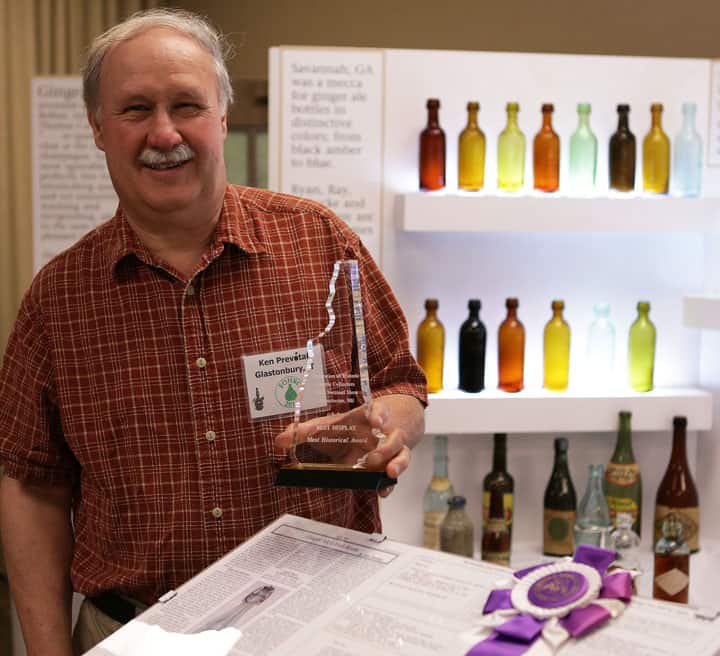
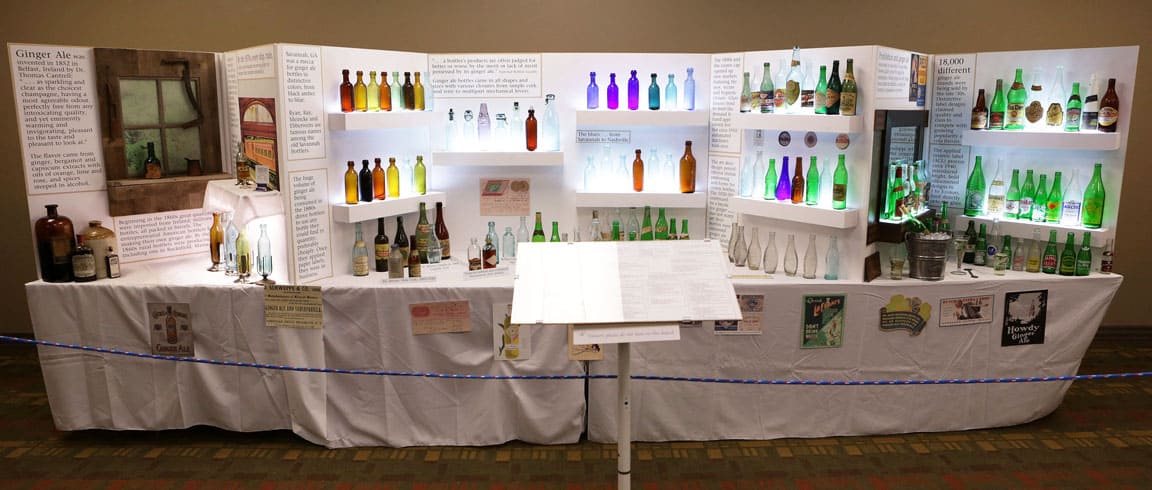
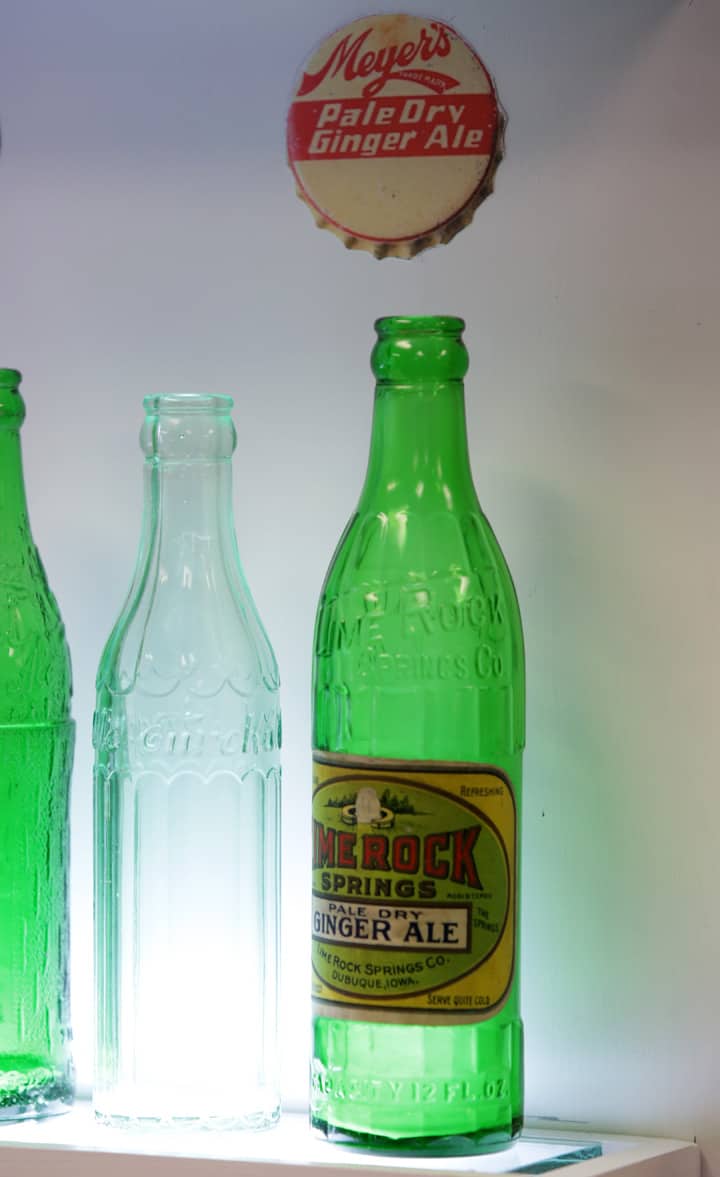
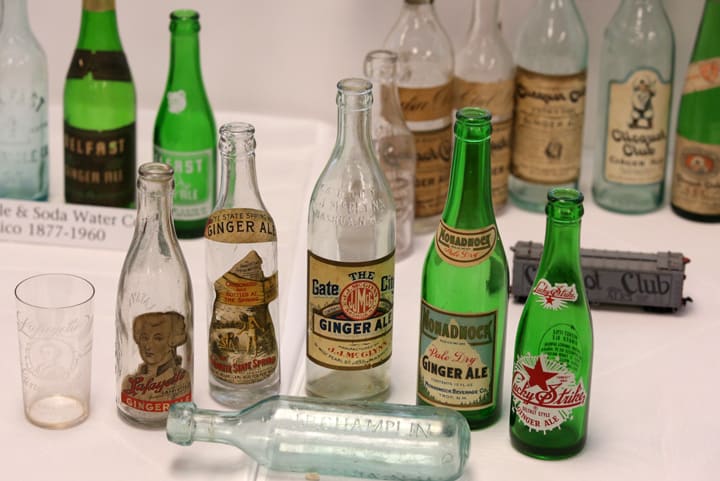
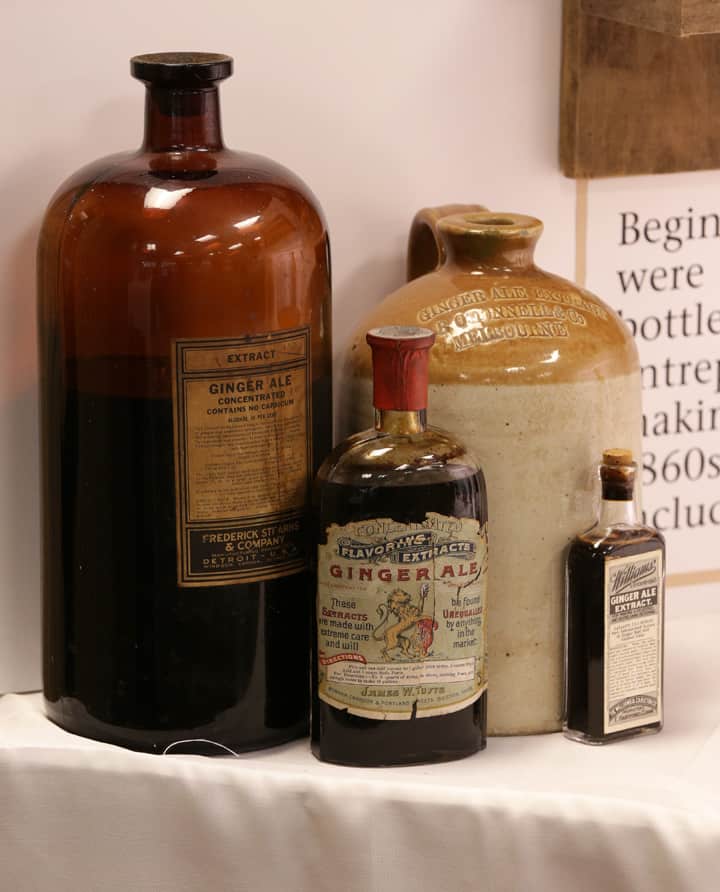
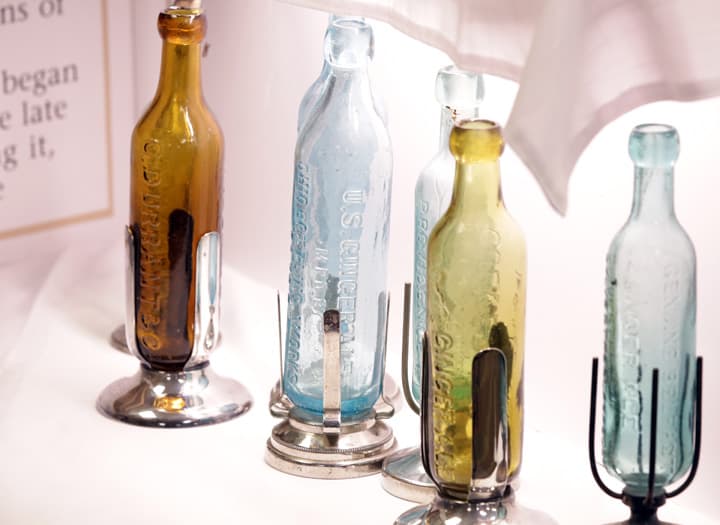
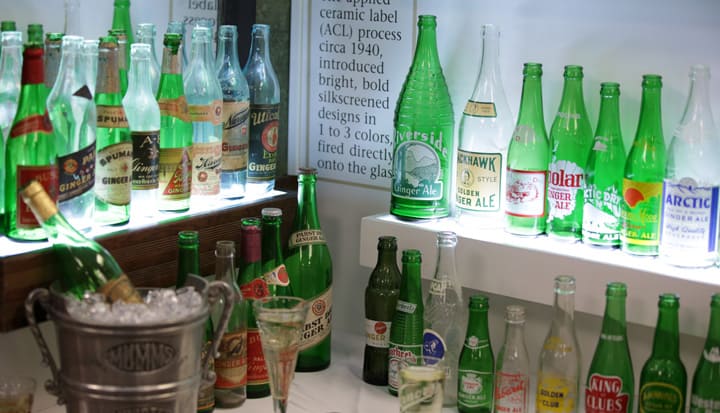
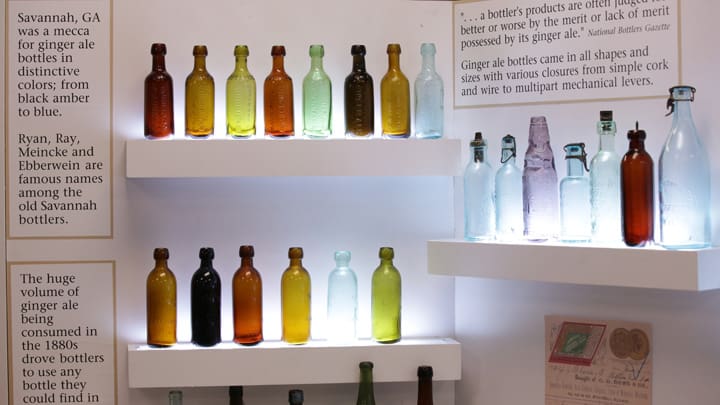
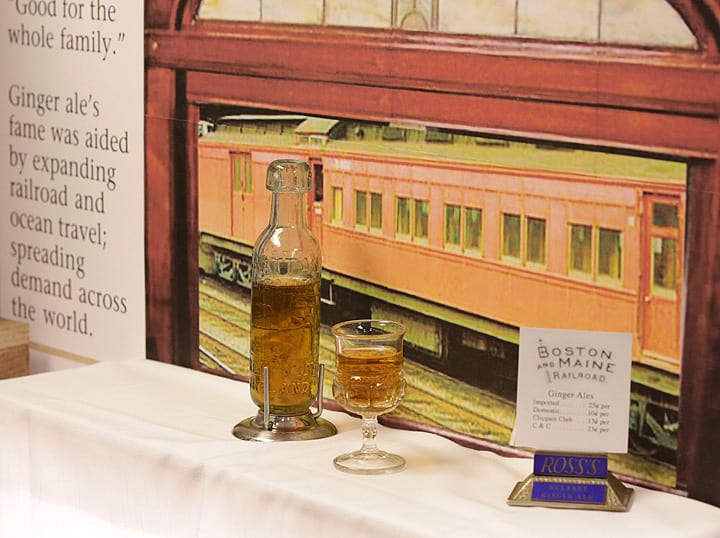
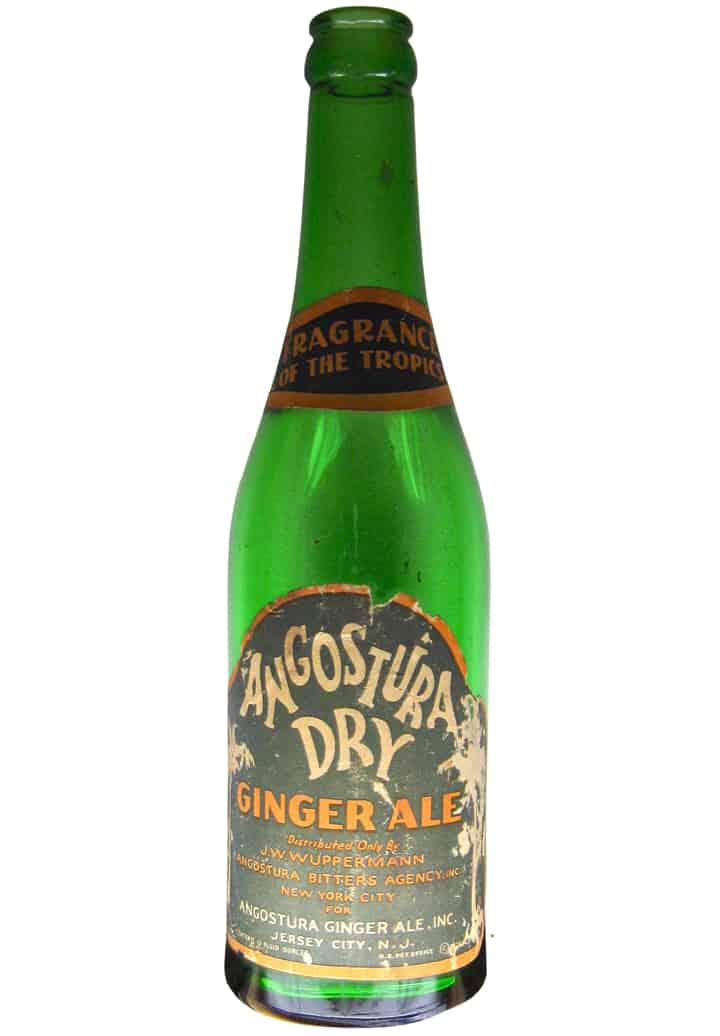
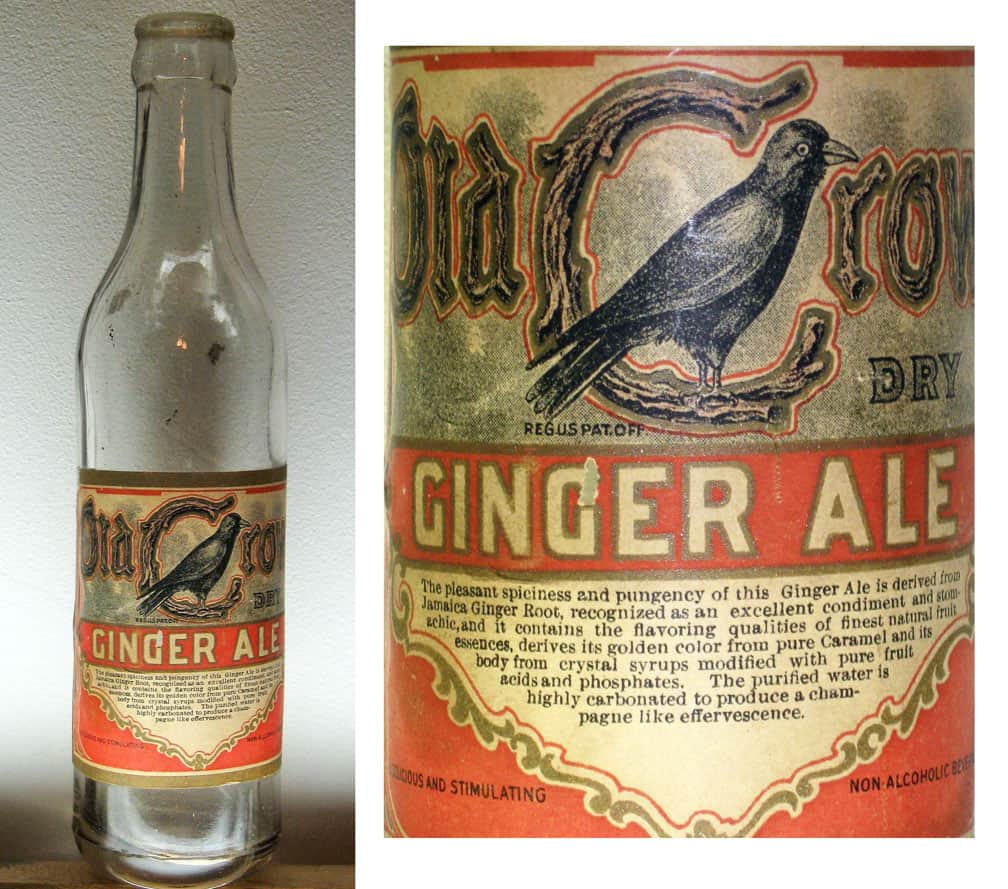
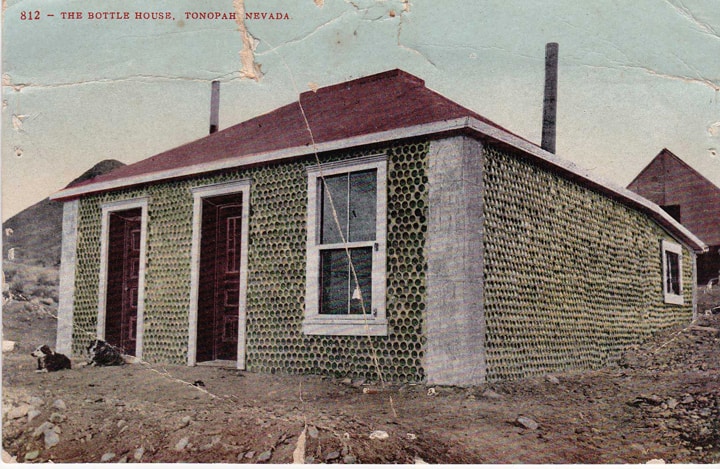
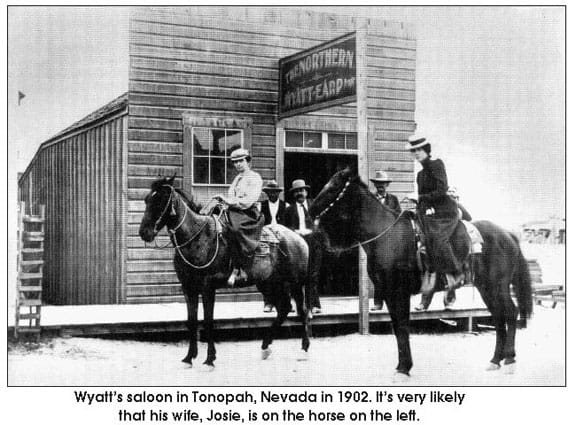
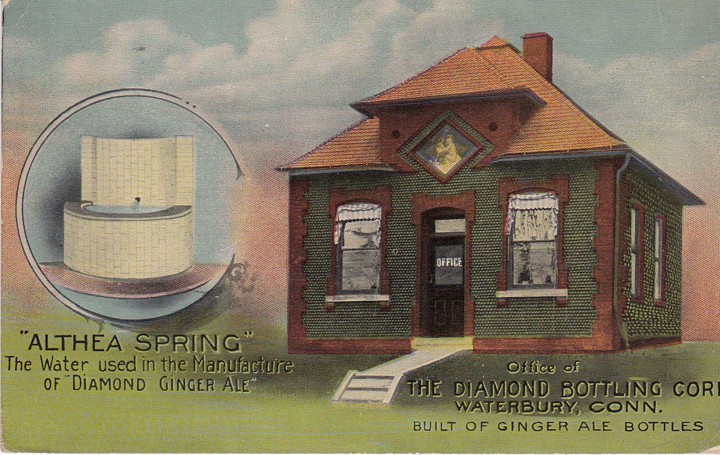
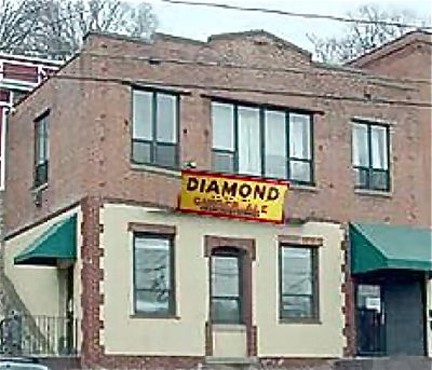
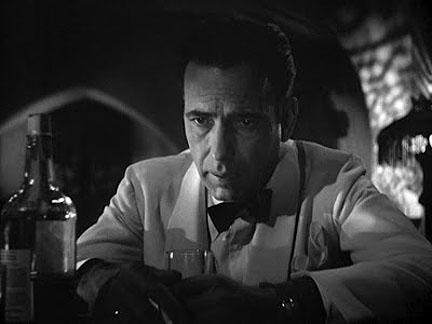
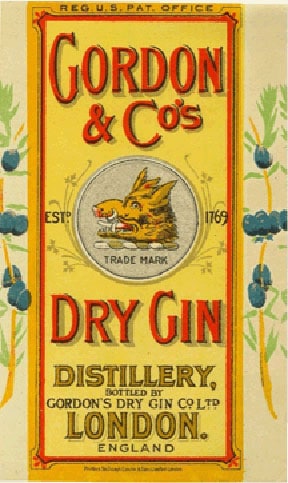

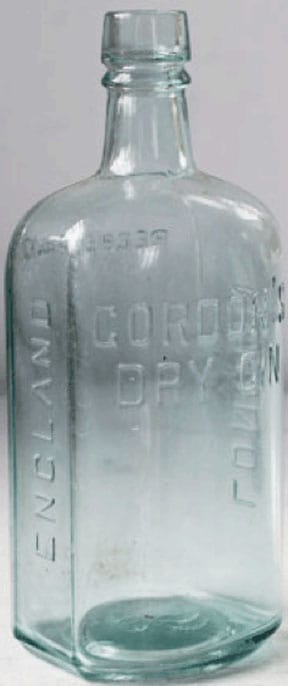
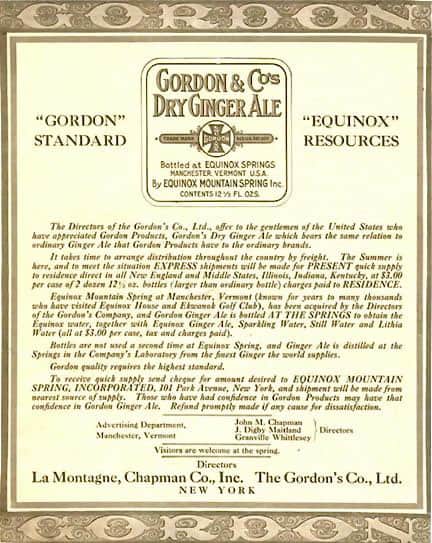
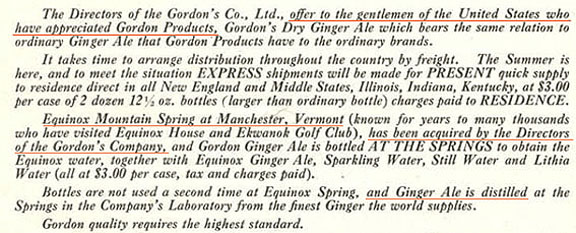






Fan-flippin-tastic!